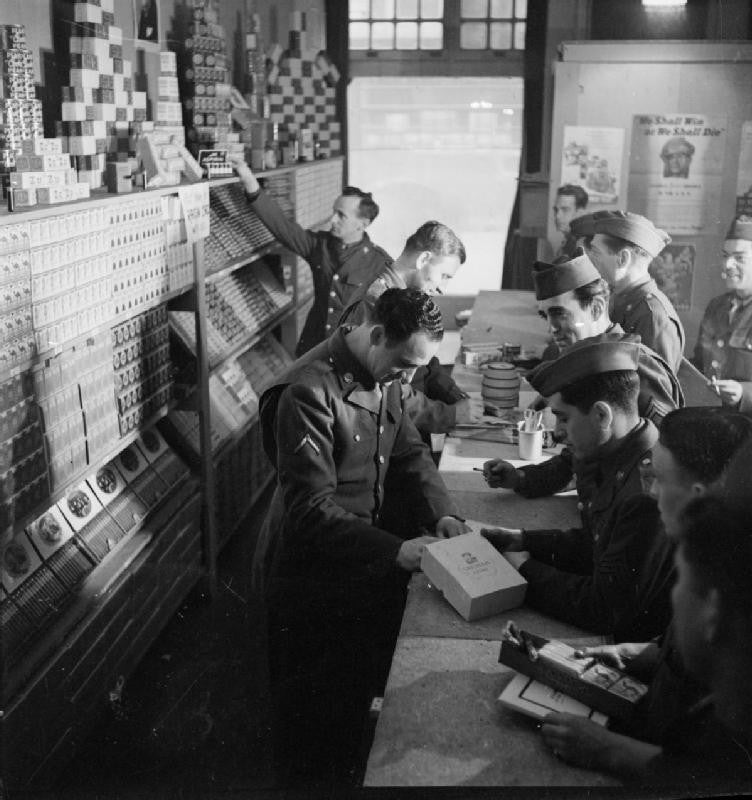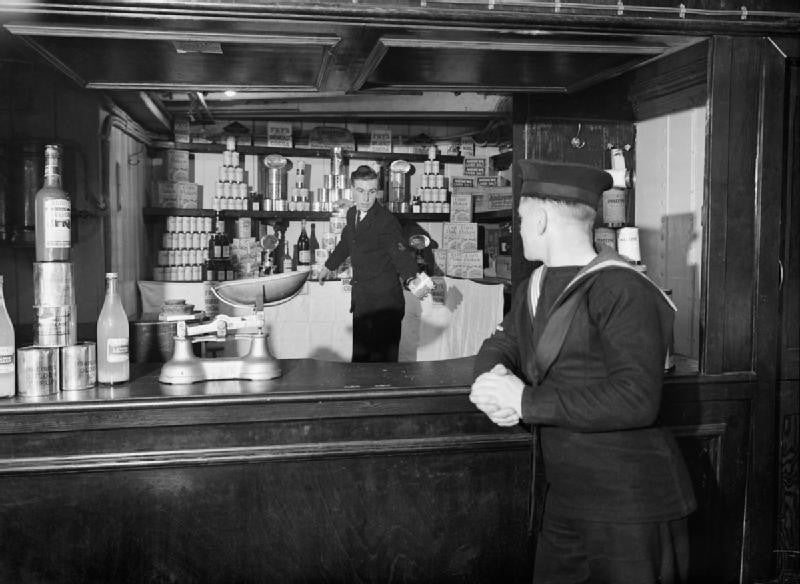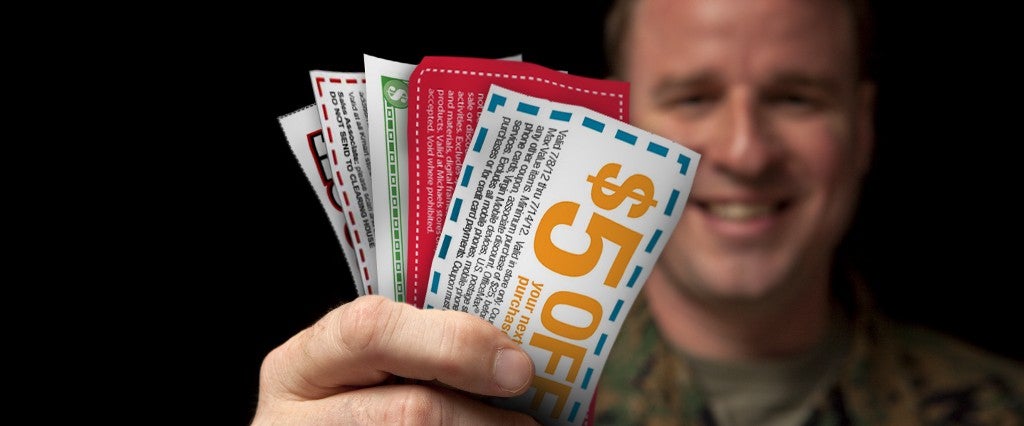Violence has the power to change us, even if we escape from it physically unscathed. The trauma of battle, of bombings, of fleeing one’s home, can leave people with crippling post-traumatic stress disorder for years after the violence has stopped — suffering through nightmares and depression, flashbacks and constant fear. In the past few years, research has shown that trauma might even be inheritable, the echo of past disasters carried in our genes.
But how does violence change how we eat, how we socialize, and how we shop, half a century later? A new research paper from the Cornell Food & Brand Lab took a look at how the trauma of combat changed the way World War II veterans felt about brands, advertising, and money more than 50 years after wartime.
When the researchers compared the responses of vets who said they experienced intense combat to those who reported only light exposure to violence, they found that the soldiers who had been more deeply and thoroughly in the shit ended up with a more practical, price-sensitive approach to consumerism. The elderly vets who had seen only light combat reported being more easily persuaded by advertising and more loyal to brands, even if the branded goods came at a premium price.

This might sound like a frivolous (or even crass) line of research to pursue, but it touches on an interesting question that could impact millions of people: since less than 10 percent of people who experience a traumatic event are thought to develop PTSD, what happens to the other 90 percent?
The paper on trauma’s impact on shopping is only the latest to try to answer that question using a massive survey of World War II vets that lead author Brian Wansink, the director of the Food & Brand Lab, conducted back in 2000.
“I grew up in Iowa, in a neighborhood where almost everybody was a WWII vet, and I really admired these guys,” Wansink says. “So when they started dying, I thought: Let’s do a large study of these people, and try to figure out how this experience might have shaped them.”

Wansink funded the survey himself, not wanting to waste time applying for grants while the already-small population of vets continued to dwindle, and ended up sending out detailed questionnaires to more than 700 men who had fought in World War II.
In the decades since, he’s collaborated with other researchers to analyze that dataset and spin out a diverse range of findings. One paper concluded that participating in high-school sports was the best predictor of physical activity after age 70, another that combat stress among Pacific Ocean theater vets was a good predictor of whether they claimed to enjoy or detest Asian food, and a third found that the more a veteran hated being a soldier, the more likely they were to be religious for the rest of their lives (though there were plenty of atheists in literal foxholes).
Wansink has looked at how combat affects financial behavior before — in 2012, he co-authored a paper that found that vets with combat experience were less likely to make risky investment decisions — but the look at trauma’s impact on shopping came out of a collaboration with Marc Rockmore, assistant professor of economics at Clark University, who was Wansink’s teaching assistant back when the paper first came together.
At the time, Rockmore was working on his dissertation on the economic impact of violence in northern Uganda, where an estimated 80 percent of the population has been displaced over the past 30 years, and 40 percent of men have been abducted for some length of time. Remember Kony 2012? Northern Uganda is the home base of the Lord’s Resistance Army, Joseph Kony’s guerrilla army/cult infamous for (among many other things) its use of child soldiers.

Elderly World War II vets in the Midwest might seem like a far cry from the traumatized population of a central African nation, but Rockmore saw Wansink’s idea as an interesting look at the same central question.
“A lot of my work is a little darker,” Wansink says, “but I came at it from a strong interest in how people deal with violence. It’s interesting to see that people are fundamentally changed in some way, beyond the story of, ‘Grandpa went off to war and came back different.’”
Both Wansink and Rockmore believe that their work might help inform how governments and NGOs structure their aid programs for people affected by (or surrounded by) conflict.
“Often we come in with some sort of aid package, hit people with a lot of cash, and say, ‘Good luck, go get ’em, champ, you can do it,’” Rockmore says. “But if we can understand how people in these post-conflict environments make decisions, and sometimes in ways that are different from what we’d expect, we can be more effective.”
Wansink adds that it might have implications beyond conflict zones. “The psychological state of people who see a lot of combat seems very similar to those who experience natural disasters,” he says, and understanding how trauma affects the way people shop could help guide economic reconstruction.
And as more refugees from the world’s multiple ongoing crises emigrate to areas with developed, ad-saturated economies, consumers with intimate experiences of violence might become a market segment unto themselves. According to this paper, though, the war-weary make for tough marketing targets — the vets who had seen the worst fighting, remember, were the least interested in ads, and the most likely to try new products if they seem like a more cost-effective choice.
Which means that, if “untold human suffering” weren’t already convincing enough, the research presents a new reason for avoiding war, violence, and death: It’s bad for brands.

Sam Dean is a staff writer at MEL.
- These Startups Are Trying to Make Stock Photos Less Painfully White
- Millennial Men Are No Longer Crushing It
- The Death of the Prostate Exam
